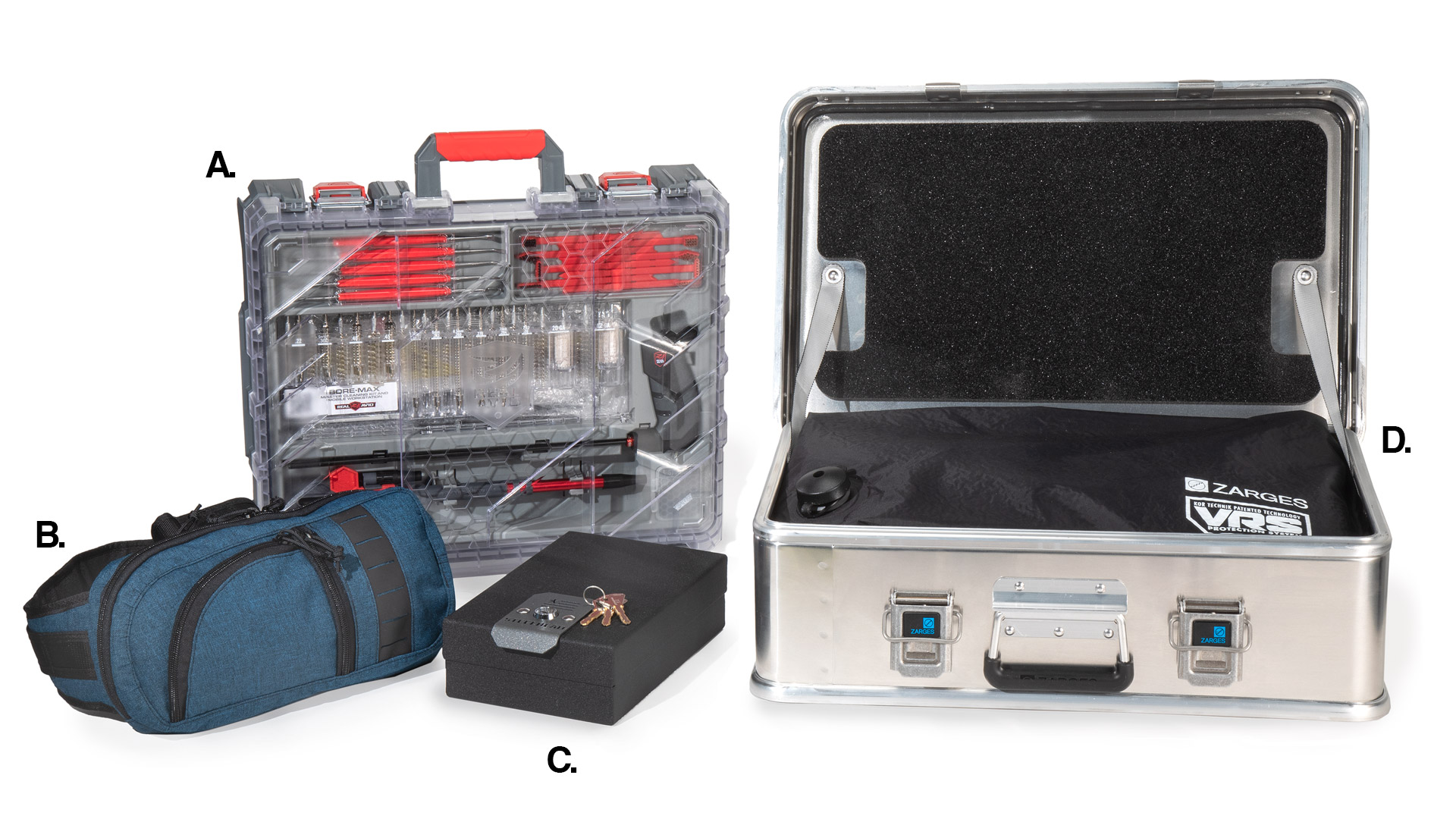
On March 26, in a 7-2 decision (with Justices Clarence Thomas and Samuel Alito dissenting), the United States Supreme Court upheld a Biden administration gun-control rule on what constitutes a “firearm” under 18 U.S.C. § 921(a)(3), the federal Gun Control Act of 1968 (GCA). The case is Bondi v. VanDerStok (formerly, Garland v. VanDerStok), and the Final Rule, published at 87 Fed. Reg. 24652, is entitled “Definition of ‘Frame or Receiver’ and Identification of Firearms.”
During the Biden-Harris administration, ATF, relying on its rule-making authority (“to make rules and regulations as are necessary to carry out” the GCA), expanded upon the terms “firearm” and “frame or receiver” to sweep in new classes of partially complete and nonfunctional frames or receivers and parts kits that contained such items.
The new Rule’s definition of a “firearm” includes “a weapon parts kit that is designed to or may readily be completed, assembled, restored, or otherwise converted to expel a projectile by the action of an explosive;” 27 C.F.R. § 478.11. In deciding whether a kit “may readily be converted” into a working gun, ATF will consider several factors, including the time, ease, expertise, and equipment required to complete a weapon, as well as the availability of other necessary parts. Likewise, the expanded definition of “frame or receiver” covers “a partially complete, disassembled, or nonfunctional frame or receiver, including a frame or receiver parts kit, that is designed to or may readily be completed, assembled, restored, or otherwise converted to function as a frame or receiver;” 27 C.F.R. § 478.12. While that definition does not apply until an object has “reached a stage of manufacture where it is clearly identifiable as an unfinished component part of a weapon,” and excludes an “unformed block of metal” or liquid polymer, the Rule otherwise allows the ATF Director to consider extrinsic factors when determining whether an object is a “frame or receiver.”
The main rationale proposed for this change was the rising popularity of privately made firearms (“PMFs”), including those using the popular Polymer 80 unfinished receiver, and its copies, as well as build kits containing such items. Such guns, when made for personal use, are not required by the GCA to have a serial number and may be made using firearm parts kits, standalone frame or receiver parts and unfinished frames or receivers, all of which were previously not considered “firearms” and thus fell outside the regulatory reach of the ATF. Technological advances, the agency claimed, made it easier for companies to sell such items to unlicensed persons “without maintaining any records or conducting a background check,” leading (so the argument went) to a proliferation of so-called “ghost guns” and “difficult[y] for law enforcement to determine where, by whom, or when they were manufactured, and to whom they were sold or otherwise transferred.”
Under the new Rule, those who made or sold kits or items that fell under these new definitions would be required to comply with the GCA by securing federal licenses, conducting background checks, keeping sales records and marking their products with serial numbers. Moreover, unserialized firearms, while still lawful for private manufacture and use, must be marked in accordance with the rule’s terms any time they enter the inventory of a Federal Firearm Licensee.
The Rule took effect on August 24, 2022, but the new definitions were almost immediately challenged as invalid under the federal Administrative Procedure Act. The plaintiffs, individual owners and manufacturers and retailers of firearm components, argued that by treating weapon parts kits and parts that could become finished frames and receivers as the equivalent of a “firearm” under the GCA, the ATF acted outside of its statutory jurisdiction. The district court agreed and vacated the Rule in its entirety.
On appeal, the U.S. Court of Appeals for the Fifth Circuit affirmed, finding the ATF sought to regulate firearm parts that were not yet “frames or receivers” and parts kits that were not “firearms,” in contravention of Congress’s clear language. The court wrote:
The agency rule at issue here flouts clear statutory text and exceeds the legislatively-imposed limits on agency authority in the name of public policy. Because Congress has neither authorized the expansion of firearm regulation nor permitted the criminalization of previously lawful conduct, the proposed rule constitutes unlawful agency action, in direct contravention of the legislature’s will.
Pending the Fifth Circuit’s decision, the government sought a stay of the district court’s order from the U.S. Supreme Court, which the Court granted, allowing the Biden administration to enforce the Rule in the meantime. Four justices opposed the government’s application, including Neil Gorsuch, who would nevertheless go on to write the majority opinion in the March 26 decision on the merits. What led Gorsuch to this apparent reversal is unclear.
The Supreme Court decided that the ATF’s new Rule was not facially inconsistent with the GCA. This framing of the case as a facial challenge, however, essentially turned the over breadth claim on its head. Rather than consider whether the ATF had exceeded its statutory authority based on the language of the rule, the Court instead asked the question if the there was any permissible application of the rule. A single such application was all that was necessary to save the rule.
For more information, go to nraila.org.


































